Kitchen gardening offers a rewarding experience for enthusiasts, providing fresh produce right at your doorstep.
Successful cultivation relies heavily on effective planting techniques, ensuring healthy growth and abundant harvests.

Introduction to Kitchen Gardening
Importance of Planting Techniques
The success of a kitchen garden depends largely on mastering planting techniques.
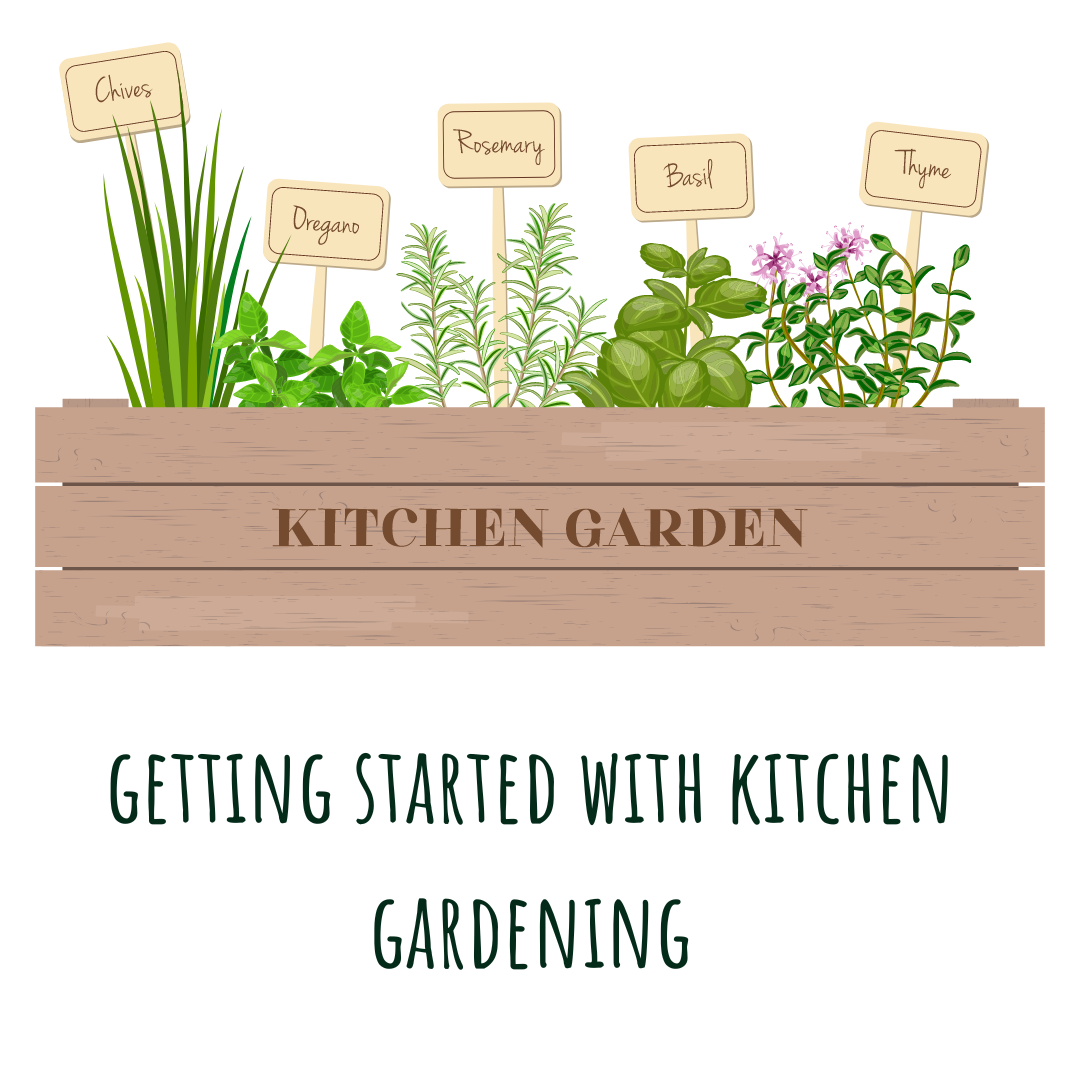
Proper techniques not only optimize space but also ensure healthy growth and abundant harvests, making the most of limited gardening areas.
Choosing the Right Plants for Your Kitchen Garden
Selecting the right plants is crucial for a thriving kitchen garden.
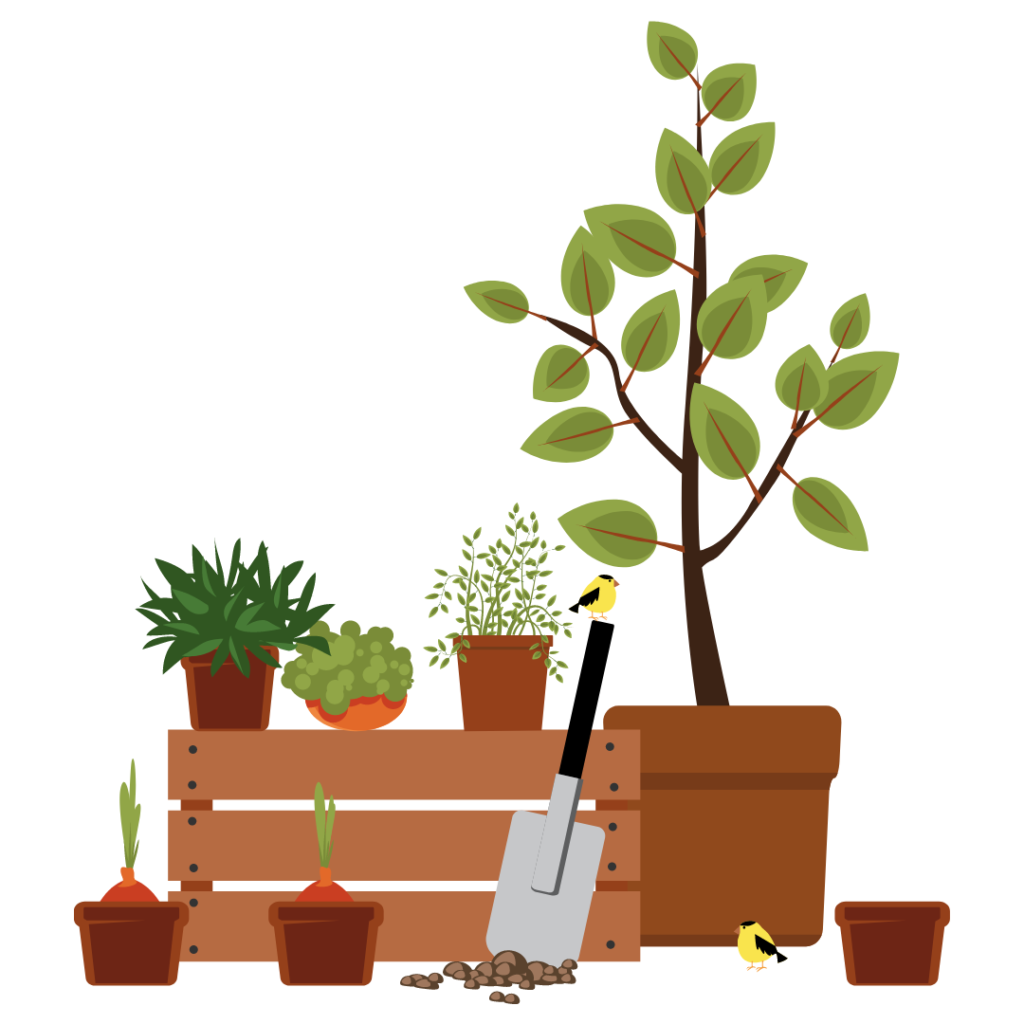
Consider factors such as your climate, available sunlight, and space constraints. Choose a mix of vegetables, herbs, and fruits that suit your growing conditions and culinary preferences.
Soil Preparation and Amendment
Preparing the soil is essential for providing a healthy growing environment for your plants.

Start by loosening the soil and incorporating organic matter like compost or aged manure.
This enriches the soil with essential nutrients and improves its structure, promoting healthy root development.
Planting Methods: Direct Seeding vs. Transplanting
When it comes to planting, you have two primary methods: direct seeding and transplanting.

Direct seeding involves sowing seeds directly into the garden bed while transplanting involves starting seeds indoors and later transplanting seedlings into the garden.
Each method has its advantages and is chosen based on factors such as plant variety and growing conditions.
Spacing and Layout Considerations
Efficient spacing and layout are crucial for maximizing yield and minimizing competition among plants.
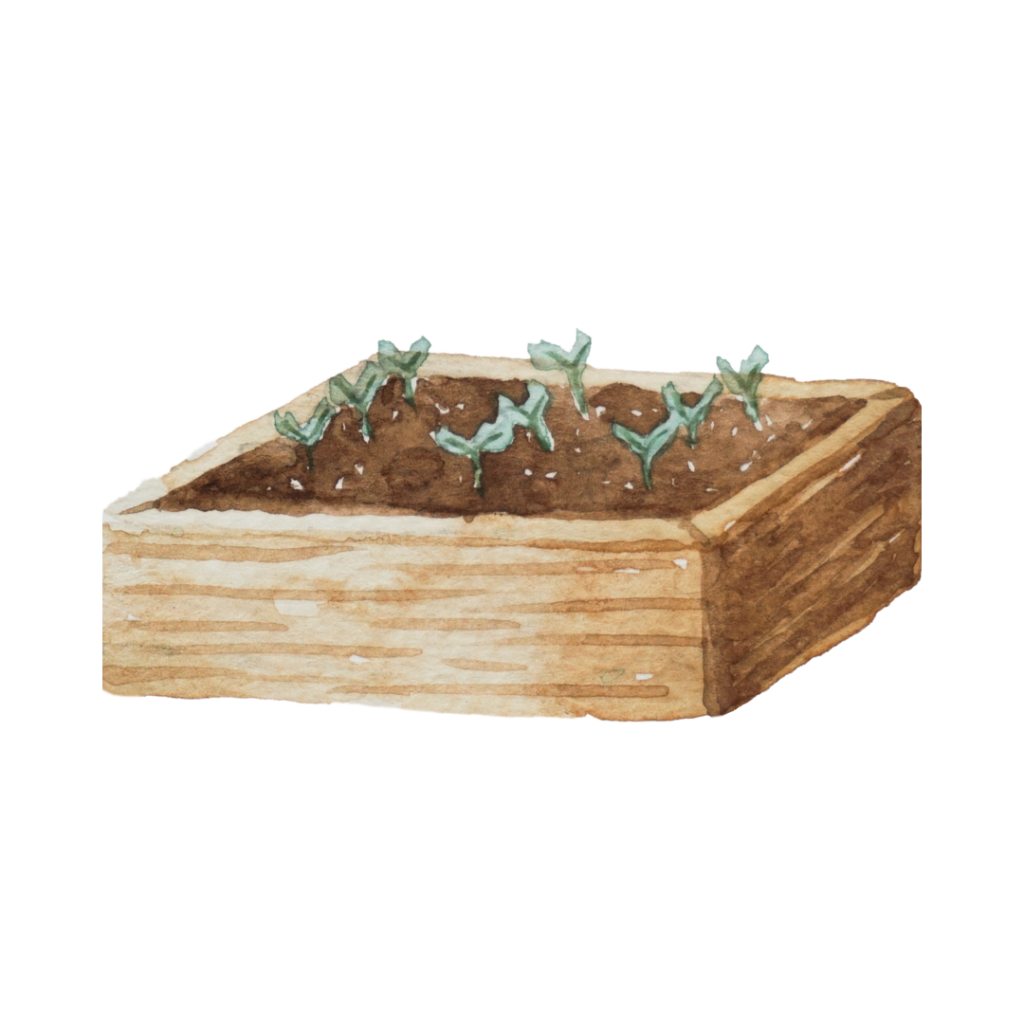
Follow spacing recommendations provided on seed packets or plant labels, and plan your garden layout to optimize sunlight exposure and airflow.
Watering Techniques for Kitchen Gardens
Proper watering is essential for the health and productivity of your kitchen garden.
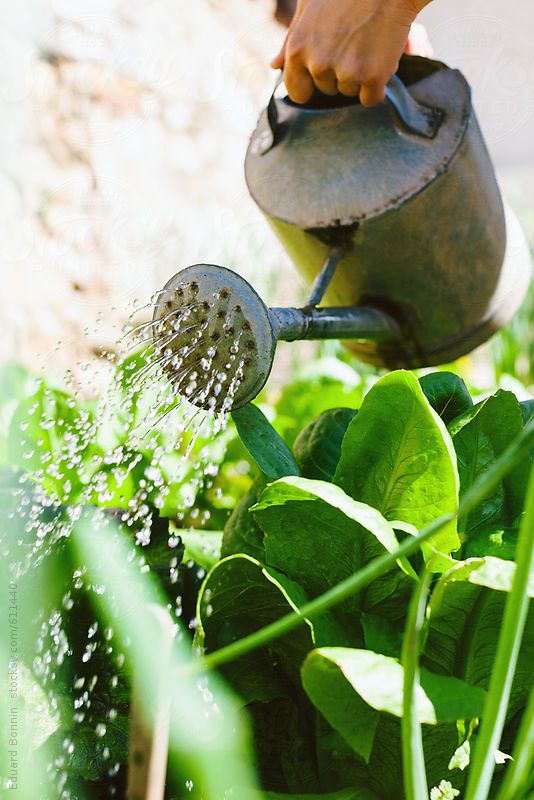
Water deeply and infrequently to encourage deep root growth and prevent waterlogging.
Consider using drip irrigation or soaker hoses to deliver water directly to the roots while minimizing water waste.
Fertilization and Nutrient Management
Fertilize your kitchen garden regularly to replenish soil nutrients and support vigorous plant growth.
Use organic fertilizers to avoid harmful chemicals and promote soil health. Conduct soil tests periodically to monitor nutrient levels and adjust fertilization accordingly.
Mulching for Weed Control and Soil Health
Mulching is a valuable practice in kitchen gardening for controlling weeds, conserving soil moisture, and improving soil health.
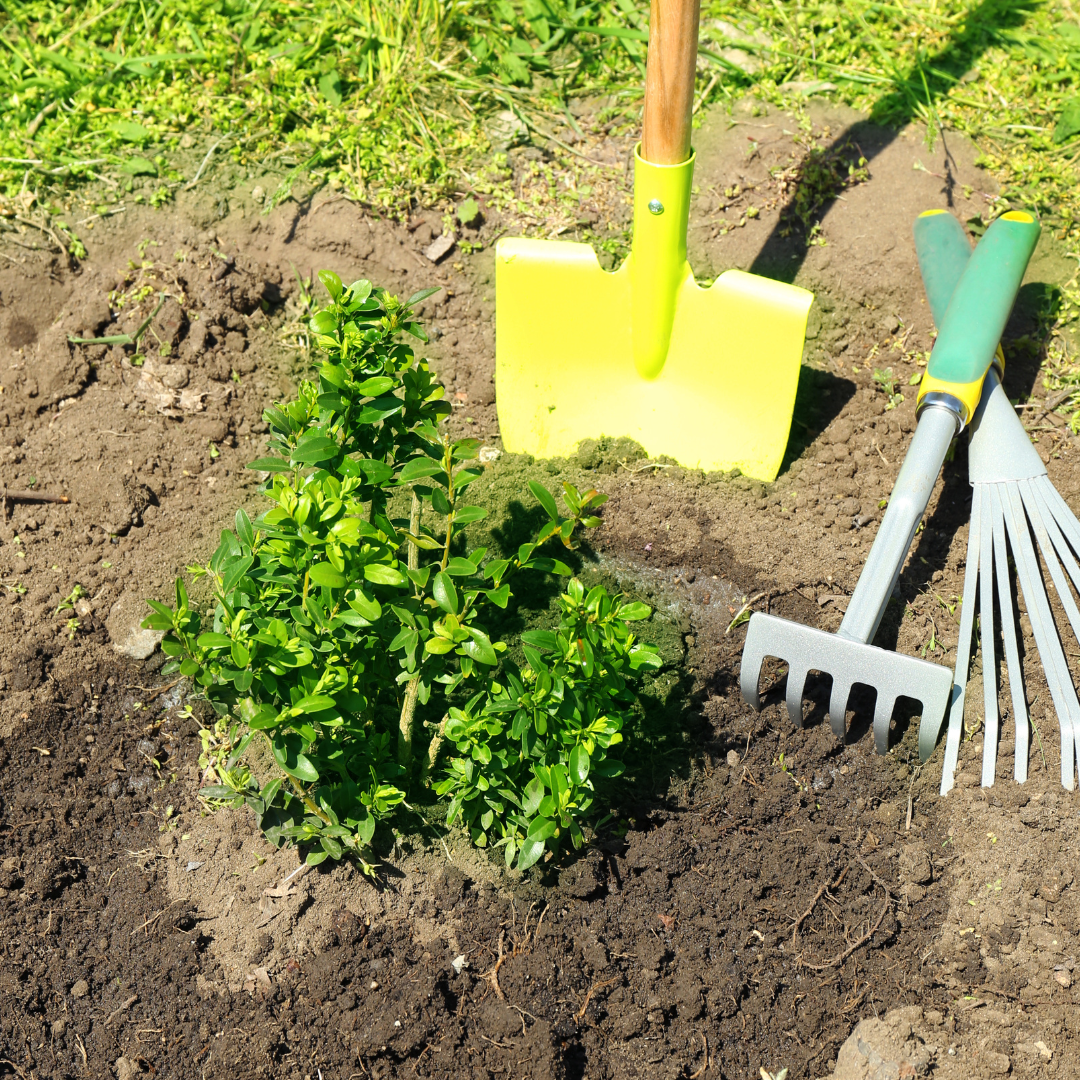
Apply a layer of organic mulch, such as straw or shredded leaves, to the soil surface to suppress weeds and regulate soil temperature.
Pest and Disease Management Strategies
Preventing and managing pests and diseases is essential for maintaining a healthy kitchen garden.
Implement integrated pest management techniques, such as crop rotation, companion planting, and biological controls, to minimize pest damage while reducing reliance on chemical pesticides.
Seasonal Considerations and Crop Rotation
Consider seasonal variations when planning your kitchen garden.
 Choose crops that thrive in your local climate and adjust planting times accordingly. Rotate crops annually to prevent soil depletion and reduce the buildup of pests and diseases.
Choose crops that thrive in your local climate and adjust planting times accordingly. Rotate crops annually to prevent soil depletion and reduce the buildup of pests and diseases.
Harvesting and Storage Tips
Harvest your crops at their peak ripeness for the best flavor and nutritional value.
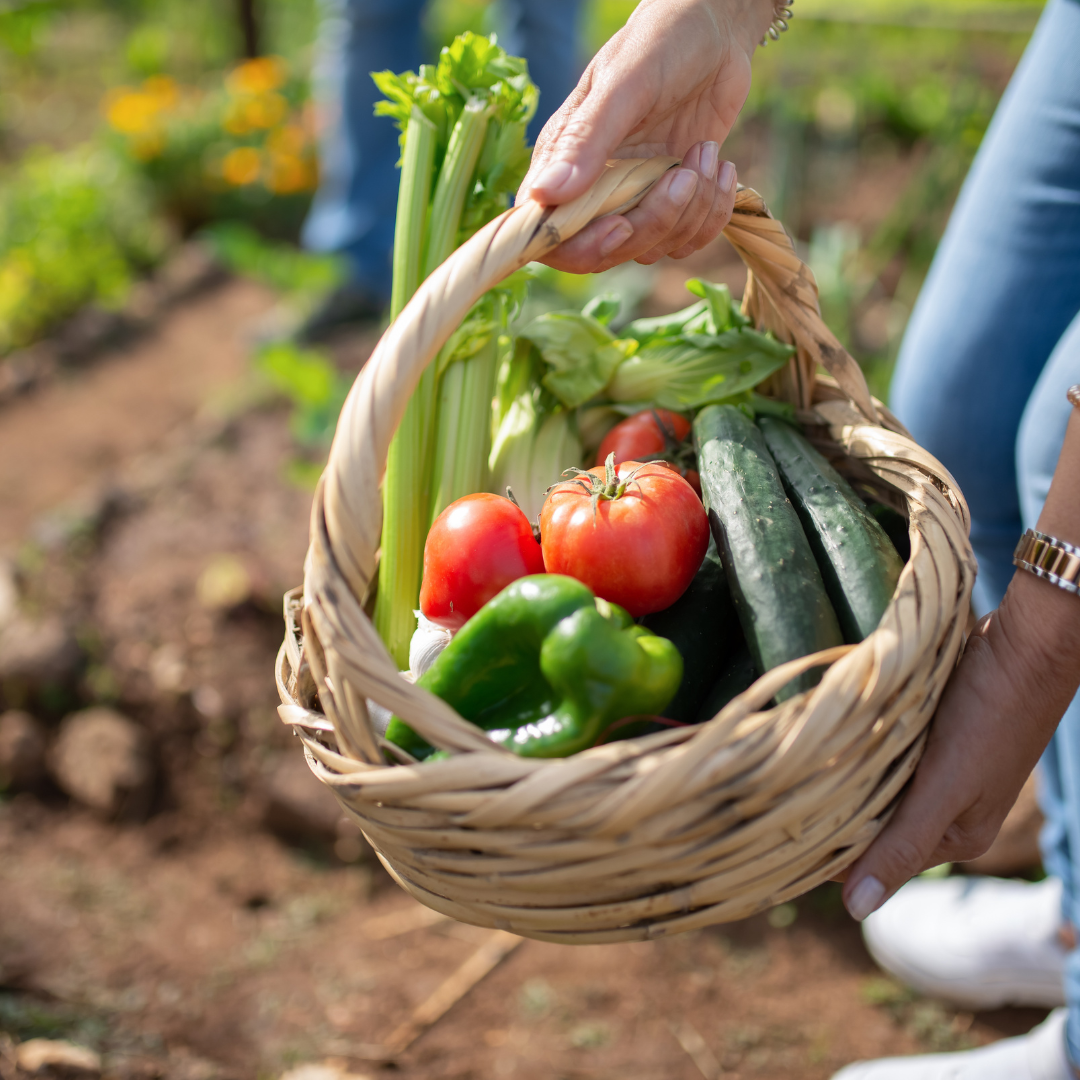
Handle harvested produce with care to avoid bruising or damage. Properly store fruits and vegetables in cool, dark conditions to prolong shelf life and maintain freshness.
Succession Planting for Continuous Harvest
Succession planting involves planting new crops as soon as one harvest ends, ensuring a continuous supply of fresh produce throughout the growing season.
Plan your planting schedule to maximize space and extend the harvest period.
Companion Planting for Pest Control and Maximizing Yield
Companion planting involves growing different plant species together to benefit each other in various ways, such as pest control, pollination, and nutrient sharing.
Experiment with companion planting combinations to maximize yield and create a balanced ecosystem in your kitchen garden.
Conclusion
Mastering planting techniques is essential for a successful kitchen garden.
By implementing proper soil preparation, watering, fertilization, pest management, and crop selection strategies, you can enjoy a bountiful harvest of fresh, homegrown produce year-round.

